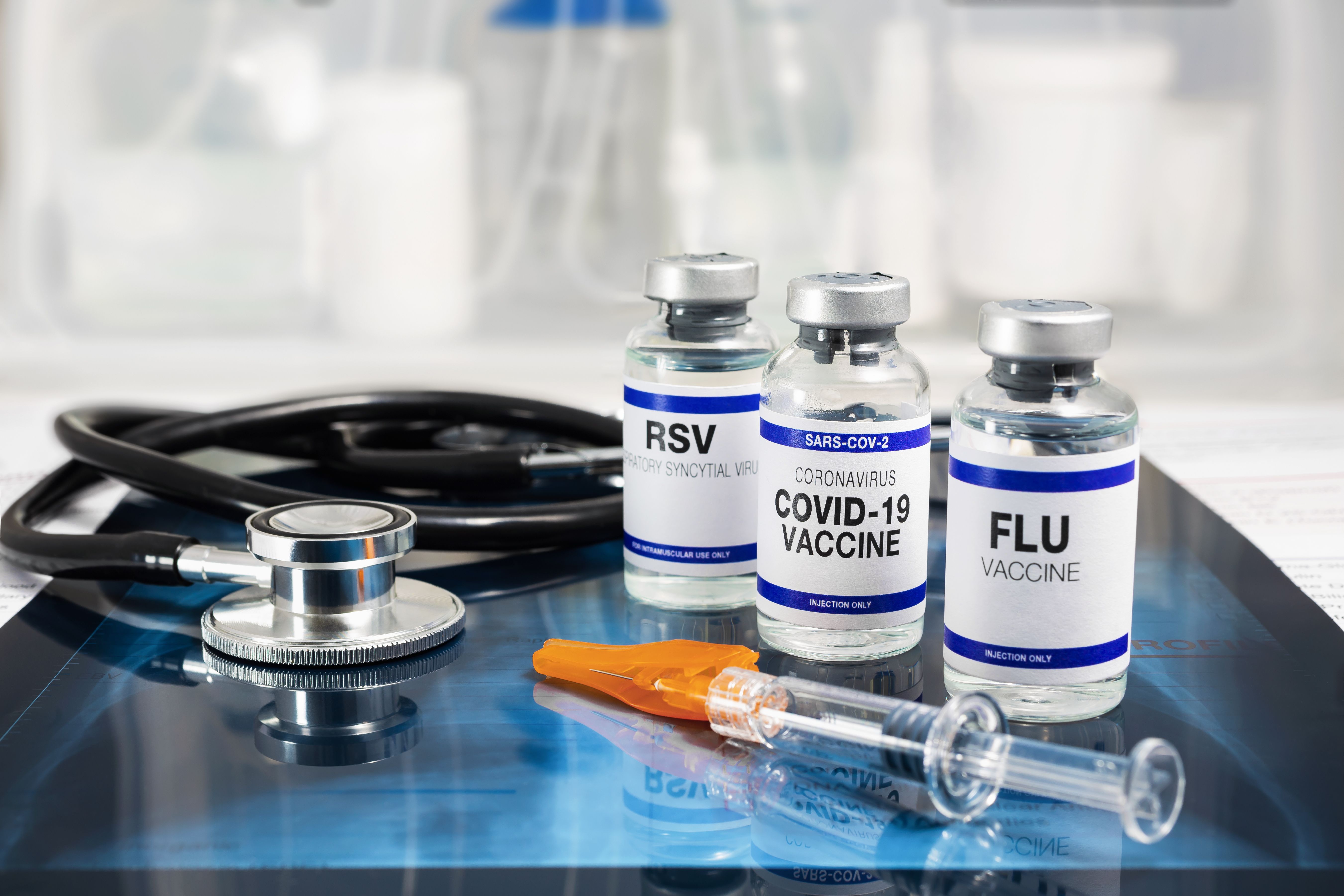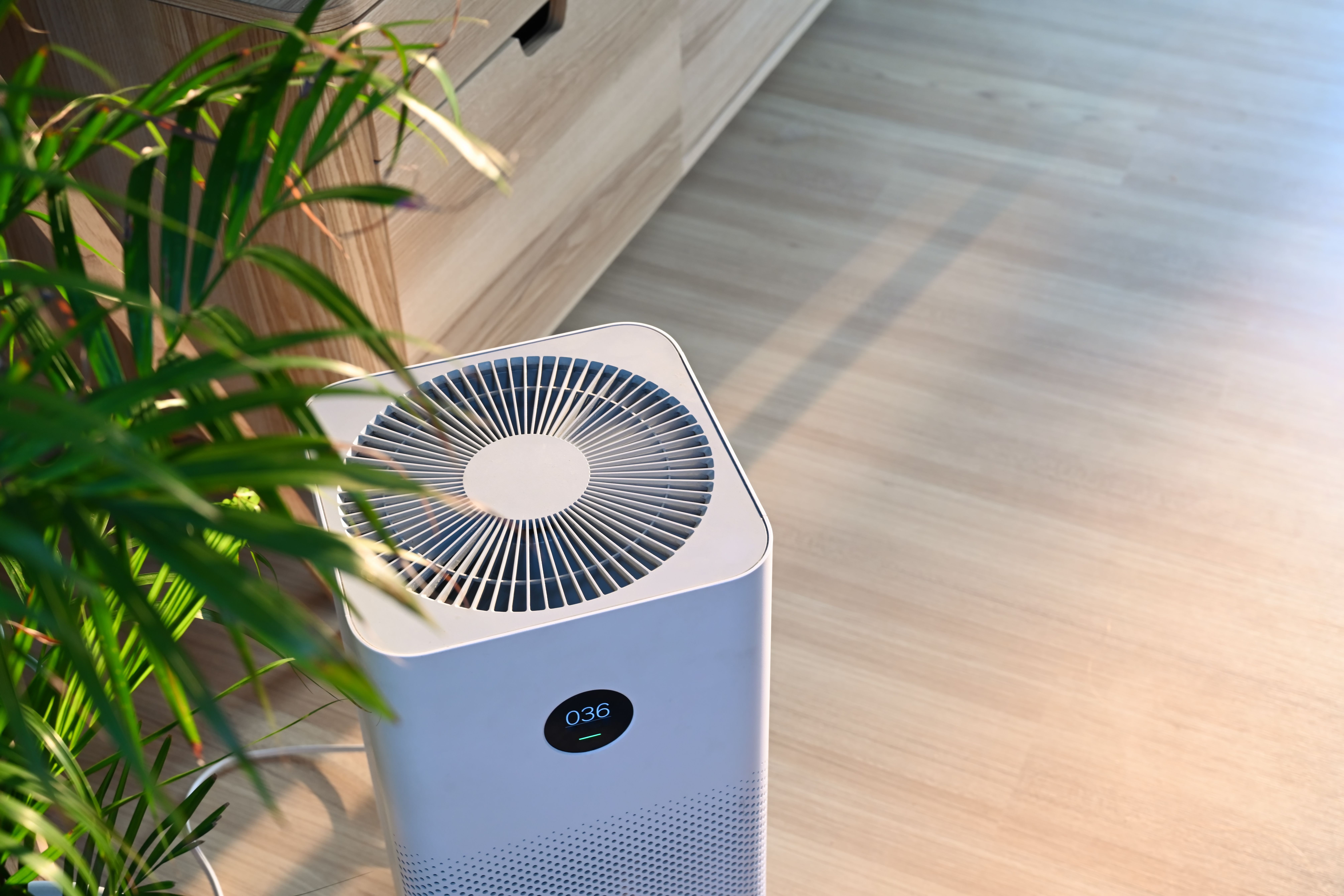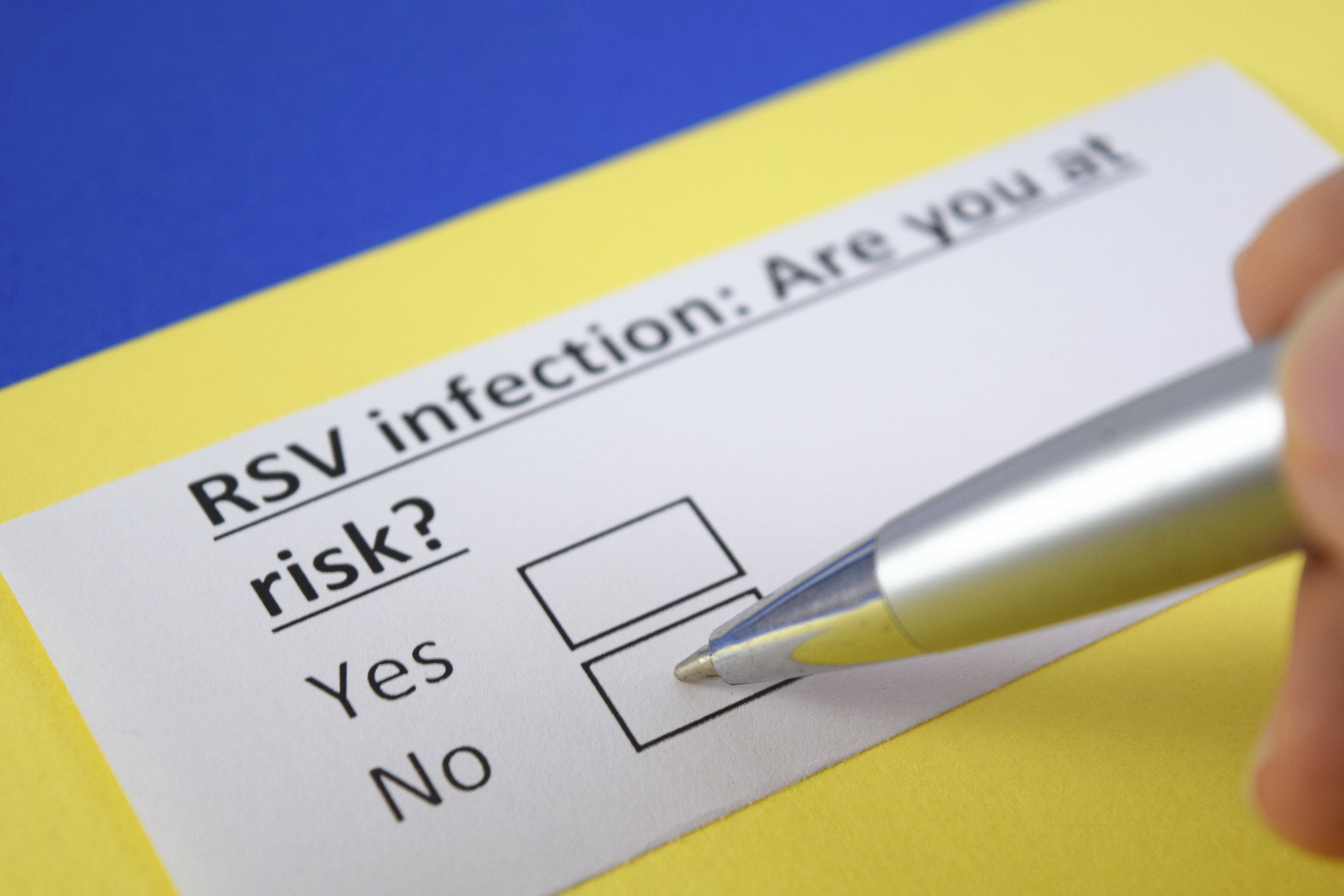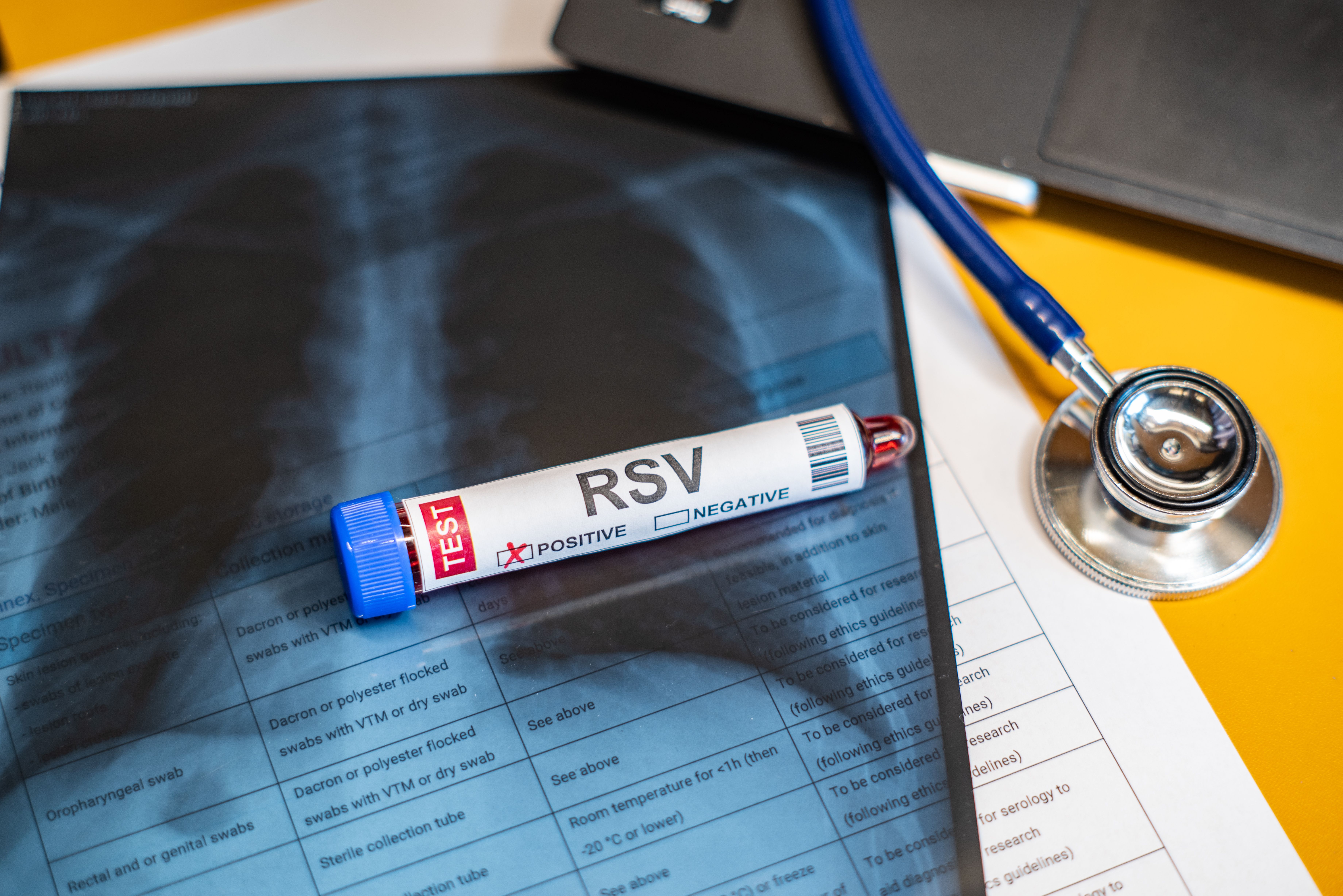Article
RT-PCR Most Sensitive Pediatric Diagnostic Test for RSV
Author(s):
Respiratory syncytial virus (RSV) was detected easiest when using reverse transcription polymerase chain reaction (RT-PCR) tests in a pediatric population.
Reverse transcription polymerase chain reaction (RT-PCR) tests had the highest sensitivity in diagnosing respiratory syncytial virus (RSV) in children, according to a systematic review published in The Journal of Infectious Diseases.
The most common cause of acute lower respiratory tract infection (LTRI) in children is RSV, with 33 million cases of RSV LRTI occurring globally each year. Care for RSV is largely supportive due to no specific treatments being available. Therefore, estimating RSV incidence is important for preventive interventions in patients. This review and meta-analysis quanitifed the underascertainment of RSV due to different specimen and testing types. The accuracy of testing types was also summarized.
Studies that reported detection of RSV in children and adults younger than 18 years and using 2 or more types of specimens or diagnostic tests in the same population were identified. Analyses were eligible if they reported the number of cases of RSV that were detected by each testing method or specimen. Embase, MEDLINE (via PubMed), and Web of Science were used to search for studies from January 1, 2000, to December 27, 2021. Detection rate for RSV was compared through combined testing and test-specific conditions. Sixty-seven percent of the studies included hospitalized children, and LRTI was the most common clinical presentation (67.5%).
Children younger than 18 years were divided into 3 subgroups: infants (younger than 12 months), young children (1-5 years), and older children (5-18 years). The index test was a test under evaluation whereas the reference test was a comparator test. A true positive was a positive in both index and reference, a false positive was positive by index, a false negative was negative by index but positive in reference, and a true negative test was negative in both.
Nasopharyngeal aspirates (NPA) were collected in 54.1% of the studies and swabs (NPS) in 33.8%. RT-PCR multiplex and singleplex tests were evaluated in 54.8% and 31.8%, respectively. Thirty-five percent of the studies reported on children aged 0 to 5 years; 39.5%, children 0 to 18 years; and 3.8%, infants 12 months and younger.
Any method that tested for multiple respiratory specimens showed a small overall increase in the detection of RSV. Additional testing of oropharyngeal swabs to NPS/NPA increased detection of RSV by 5% (detection rate ratio [DRR], 1.05; 95% CI, 0.96-1.14). Further, testing of nasal swabs (NS) to NPA/NPS increased detection by 8% (DRR, 1.08; 95% CI, 0.94-1.25) and adding NPS to NPA increased detection of RSV by 1% (DRR, 1.01; 95% CI, 0.94-1.08). Serology testing added to RT-PCR on NPS found a 10% increase in RSV detection (DRR, 1.10; 95% CI, 0.95-1.27).
RT-PCR was compared with rapid antigen detection tests (RADT), where the pooled sensitivity was found to be 63% in studies of children aged 0 to 5 years (95% CI, 49%-76%) and 78% in studies amongchildren up to 18 years (95% CI, 74%-82%). The overall specificity of RADT was 97% (95% CI, 95%-98%).
The pooled sensitivity of direct fluorescence antibody (DFA) against RT-PCR was 87% (95% CI, 78%-93%). In each age group, this measure was 82% in children aged 0 to 5 years (95% CI, 76%-87%) and 88% in children aged 0 to 18 years (95% CI, 73%-95%). The DFA pooled specificity was 99% (95% CI, 97%-100%).
Potential limits on these findings are that 60% of the included studies had a high or unclear risk of bias and demographic data and information about specimen storage was not provided in all of the included studies. Case control studies also were included, which could make the population include the sickest participants and the healthiest, which could affect diagnostic accuracy. Also, the true accuracy of RT-PCR is unknown and this review was not stratified by retrospective and prospective studies.
Magnitude of the added benefit in a pediatric population was more modest in children compared with the adult population when a substantial significant increase in detection of RSV was found. This was especially true when adding other specimen types. The researchers concluded that “assessing combined effects of adding multiple specimen types would likely be the most efficient way to study this issue further.”
Reference
Onwuchekwa C, Atwell J, Moreo LM, et al. Pediatric RSV diagnostic testing performance: a systematic review and meta-analysis. J Infect Dis. Published online June 7, 2023. doi:10.1093/infdis/jiad185




